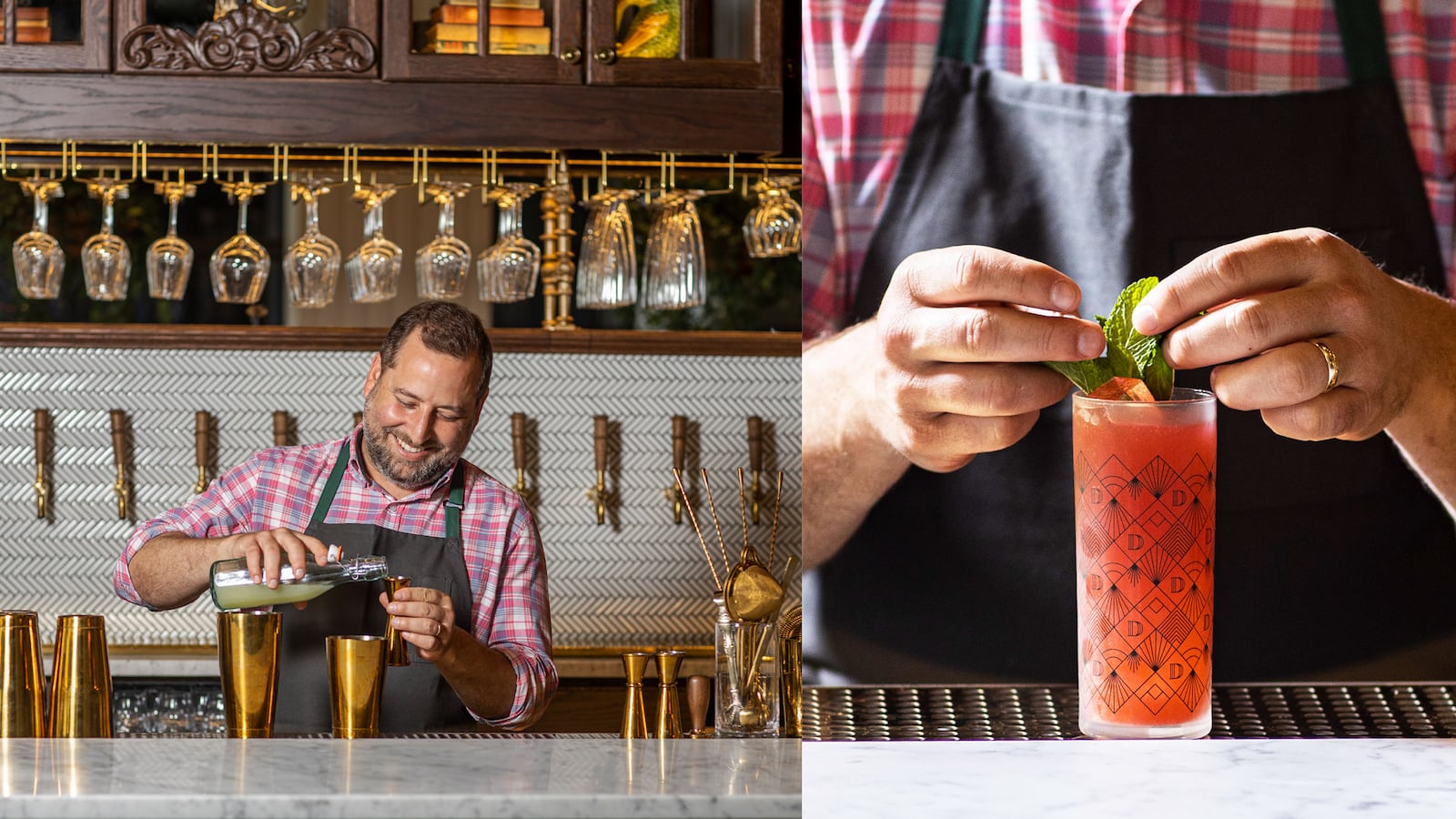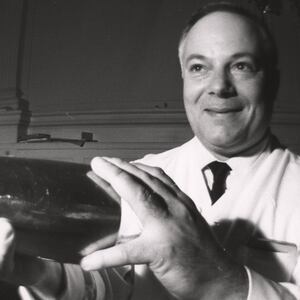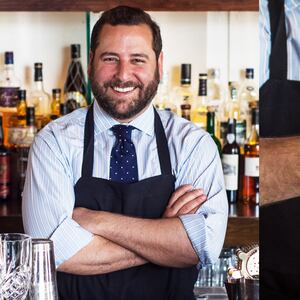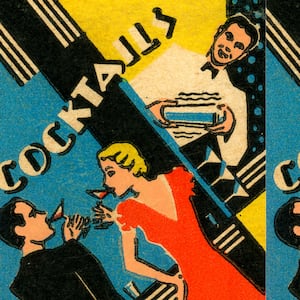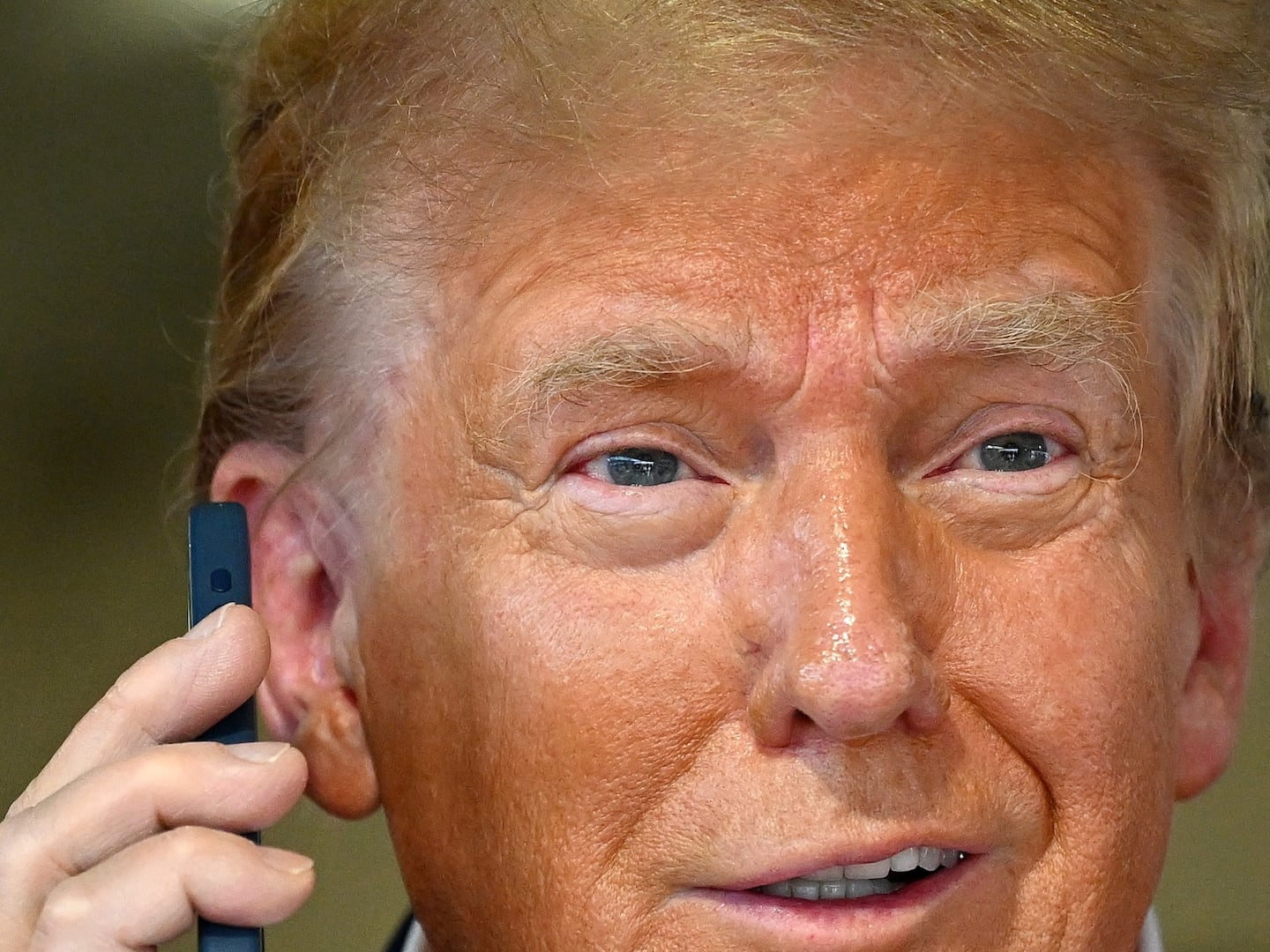I can’t plan anymore. The only thing I know how to do is react.
Planning requires stability and the past 13 months have been anything but stable for my world, the hospitality industry. Somehow even during the worst periods of history, time passes, life moves on and there are silver linings. All that being said, I have been a part of three restaurant and bar openings, since the pandemic hit.
Any reasonable person would ask why someone would possibly open new hospitality businesses during the pandemic? And the answer is simple: these projects (like so many others across the globe) were in progress pre-pandemic. The financing was secured, money was spent, commitments were made. So what do you do when there is no turning back? You push forward instead of listening to every fiber of your being that is saying, “you’re screwed.”
When the shutdown occurred in New Orleans on March 16, 2020, I had to lay off the teams at my New Orleans bars Cure and Cane & Table as well as the staff at our parent company CureCo (including myself). The next morning, I walked out of my house and found my car window shattered. All that I could think was that I deserved it. As we were taking stock of what it meant to close businesses that can only exist with steady revenue, we quickly evaluated our debts and cash on hand. During that process, it became abundantly clear that our newest venture, a Mexican restaurant and agave bar, VALS, which had been scheduled to open in New Orleans in April of 2020, was substantially over budget.
VALS (named after the original service station that the building housed) was a project that took us years of planning and negotiation to open. Since 2009, when we opened Cure, we have looked out of our window at the site longingly. We have been talking on and off with the owner for almost as long, because we believed (and still believe) that it is one of the strongest locations on our commercial corridor. Finally, we made headway in 2018 when we signed our lease and began working on turning our dream of running a relaxed Mexican-inspired taco spot with a serious agave bar, a reality. VALS was a risky endeavor because the owner wouldn’t sell the location and it needed everything, which really turned it into a development and restaurant project. There are also potential environmental problems using a former garage space, so we had to be extremely cautious with our contracts going in. Luckily, all of the environmental tests checked out and we were able to secure the financing and started moving ahead with the development. Little did we know that our big gamble would come at the absolute worst time ever to open a restaurant.
I’ll never forget having to relay the bad news to my wife that we were leveraged to the hilt at the exact wrong time. I felt better after getting it off of my chest; she doubtlessly felt a whole lot worse. Who would possibly loan us money during a time that our businesses were shut down and I was collecting unemployment? I won’t embarrass my friend by mentioning him in an article, but without this good friend willing to lend us a helping hand, we would have been sunk. I am forever grateful to this person and I wouldn’t be writing this article without him. Instead, I’d be writing an article about losing everything I had during COVID.

In the lead up to opening VALS, we were concerned that there would be little to no demand, so we put together a plan with as little staff and service infrastructure as possible. Through a ton of hard work and ingenuity by my partners, VALS opened up with just a “to-go” window and a few outside seats on a rainy Tuesday in late June. Quickly, we realized that a window wouldn’t cut it, so we hired a few more people and rented more tables and chairs and were a full-service outdoor-only restaurant by day three. We were squarely off plan at this point, and I was totally terrified and exhilarated at the same time. Every day we made a new plan. Every night we evaluated what went right and what went wrong during service. Our pivots included adding a robust online ordering system, leaning heavily on our “to-go” window, adding seats where we had never intended for them to go, implementing a service charge on all dine-in guests, making our ordering system low-interaction for servers and guests, implementing QR code contact tracing and, lastly, keeping the food and drinks menus streamlined.
Oh, and did I mention that we were enforcing strict COVID guidelines with a line wrapped around the corner? A new business typically welcomes being busy, because cash is always strapped by opening and while we were no different, but during the pandemic we were concerned about being too busy because of health concerns. On one hand, I was relieved that we could pay the bills, but on the other hand, I worried that our strict safety guidelines still couldn’t guarantee the safety of our teams and guests. VALS hasn’t had any major issues, but the worrying persists. I am proud to say that our success has continued beyond the opening.
Before COVID, I had also been in the early stages of working on a very exciting project in Washington, D.C., with my friends/partners at Long Shot Hospitality called Dauphine’s. The project has been personally exciting for a number of reasons, but most importantly I consider it a great honor to try to export a version of my home city, New Orleans, to another city. My partners and I feel a great sense of responsibility to get it right and to not create a caricature of the city that we all love.
Like VALS, Dauphine’s has been severely affected by COVID. When is the right time to open a restaurant that requires so many people working at a high level? When will city regulations and safety concerns allow for the right volume of diners to support this type of restaurant?
The kitchen at Dauphine’s is led by critically acclaimed Chef Kristen Essig and is inspired by the playful spirit and iconic cuisine of New Orleans. Dauphine’s is located within D.C.’s Midtown Center, a new development at the site of the former The Washington Post building at 15th and L Streets, and the design was done by Grizform. The drinks are centered around refined iconic New Orleans cocktails, in addition to thoughtful, innovative riffs on classics that draw inspiration from Stanley Clisby Arthur’s 1937 book, Famous New Orleans Drinks and How to Mix ’Em,
Comparatively, VALS was small potatoes, because it’s a casual taco spot in a small city with a relatively cheap cost of doing business. But Dauphine’s is an interpretation of a grand New Orleans restaurant in a major city, and because of that, the expectations are exponentially greater. There is no “taco window” or bare bones operation at Dauphine’s; we have to do it all the way or not at all. The partners were left to try to read the tea leaves as to when was the right time to begin operations.
Dauphine’s was initially supposed to open in the fall of 2019, but it was pushed to spring of 2020, and we all know what went down last spring. Smartly the partners decided to delay the launch a year, and once again, without goodwill and generosity (in this case from investors and property owners) the situation could have easily turned into a terrible outcome. Through patience and persistence the restaurant turned out significantly better than I could have imagined, and so many of these positive outcomes were a direct result of the extra time that we had to work on all facets of the concept and the team. As I write this, we have just begun operations and have the beginning of an outstanding team, but like so many other hospitality businesses across the country finding qualified people is a stretch right now for a myriad of reasons.
The weekend before Mardi Gras 2020, I met a friend of a friend along the parade route and we chatted about a bar that was opening in his historic French Quarter property. I didn’t think much of it at the time, but that casual chat would turn into a COVID created opportunity around May when the tenant pulled out of the lease. I have to say that I was on the fence about taking on a new project in the French Quarter, because the neighborhood was completely devastated by the economic effects of COVID. But, as I started researching the property it quickly became apparent that it was the home of a seminal figure in New Orleans cocktail history. The home belonged to Antoine Amedee Peychaud, who was a 19th century pharmacist that invented a concoction at his Royal Street apothecary that eventually would be used as a cocktail bitter. (He was so famous and his eponymous bitters so renowned that for a while he was erroneously thought to be the inventor of the cocktail.) Today, his Peychaud’s Bitters is featured in almost every influential New Orleans cocktail.
So, for a drinks nerd and native New Orleanian, opening a bar in Peychaud’s house was essentially building a shrine to him. So, naturally, I enthusiastically signed on to the project.
Once again opening a new bar during a pandemic has been a challenge, but this establishment presented a different set of hurdles, because bars were highly restricted businesses under COVID guidelines. For example, for most hospitality businesses there are specific deadlines that the construction has to meet in order to make the opening date, but since bars were unable to operate for most of this past year the construction languished because there was no line in the sand. Throw in the fact that Peychaud’s is smack in the middle of our tourist district and you’ve got a spot that most professionals who work for tips just aren’t super interested in at the moment. Luckily, we’ve been able to field an excellent team and longtime Cure bartender, Nicholas Jarrett, agreed to run the bar program, which has been a godsend.
We did our best to slowly work on the project not knowing when it would actually be legal to open. We suspected that when outdoor-only bar service was allowed that we’d be able to begin operations, because of our large courtyard. That said, ultimately the French Quarter serves tourists, and the visitor activity would have to increase to a sustainable level in addition to the restrictions decreasing. A few weeks ago, we opened the door to a nice reception and we are bullish on the long-term prospects of the bar, but we know that it will be a long road to stabilization in the French Quarter.
There is no way to sugar coat it: despite some silver linings, COVID has been the absolute worst year of most of our lives. If you have your health and you’re not on the street, then you should be counting your blessings. I hope that it is apparent that the common thread of these three new ventures is that our new projects came to fruition because of the kindness and generosity of the support systems that surround us.
But I’d be remiss if I didn’t mention how grateful I am to our teams for keeping the faith and working harder than ever under significantly greater pressure. Right now, it is hard for existing and new places to find people to work; literally everyone in the industry across the entire country is hiring. At the end of the day, hospitality is about the relationship between guests and hosts. In most cultures that bond is sacred, and this past year has reinforced that notion for me.

